Ants are among the most industrious and resilient creatures on Earth. Despite their small size, these remarkable insects have evolved complex behaviors that allow them to thrive in various environments. Perhaps one of the most intriguing aspects of ant life is their sophisticated farming practices, which take place hidden from human eyes underground. This article delves into the fascinating world of ant agriculture, exploring how these tiny creatures have developed their own systems for growing food below the surface.
The Remarkable Agricultural Skills of Ants

Ants are renowned for their collective abilities and complex societies, but their talent for farming is a marvel that rivals human agricultural practices. This farming is not a recent development; rather, it is an ancient strategy that has evolved over millions of years.
Early Origins of Ant Agriculture
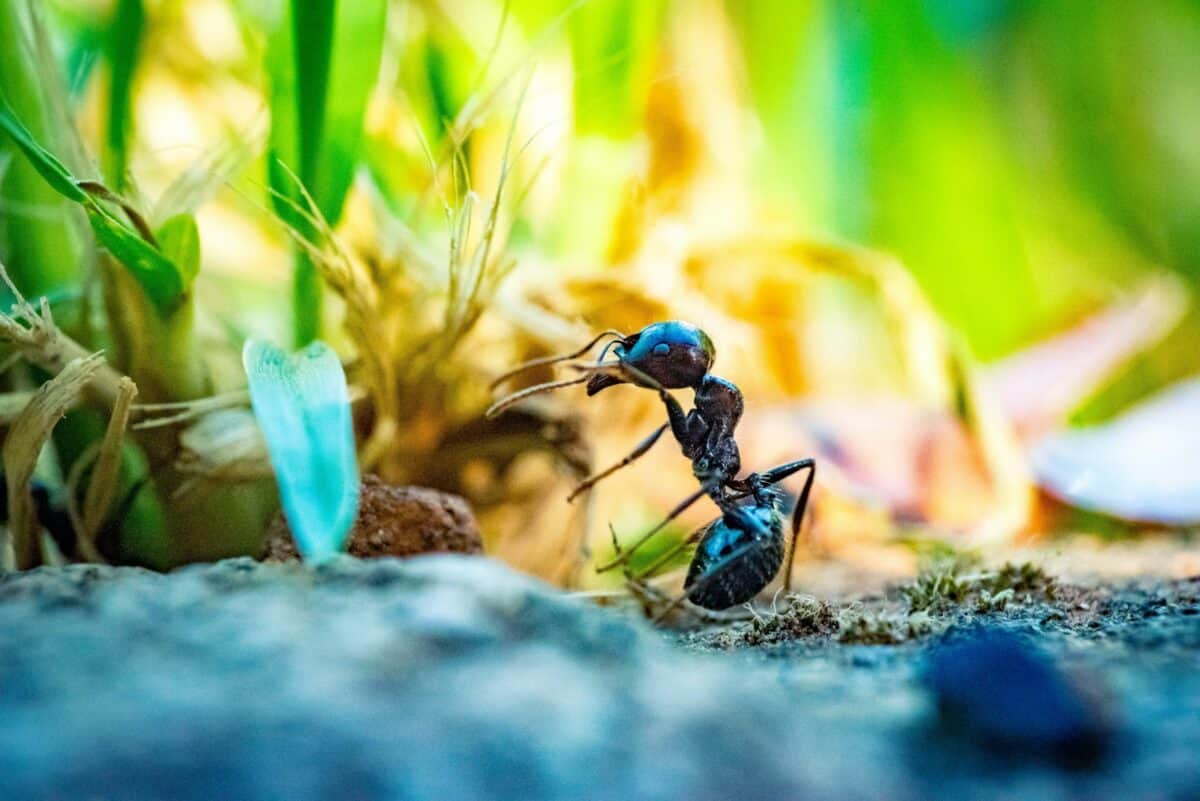
The origins of ant farming date back to around 50 million years ago. Certain ant species began to cultivate fungi as a reliable food source, offering insights into early agricultural practices. This symbiotic relationship has been a cornerstone of their survival, demonstrating a highly adaptive evolutionary strategy.
Understanding the Fungus-Farming Ants
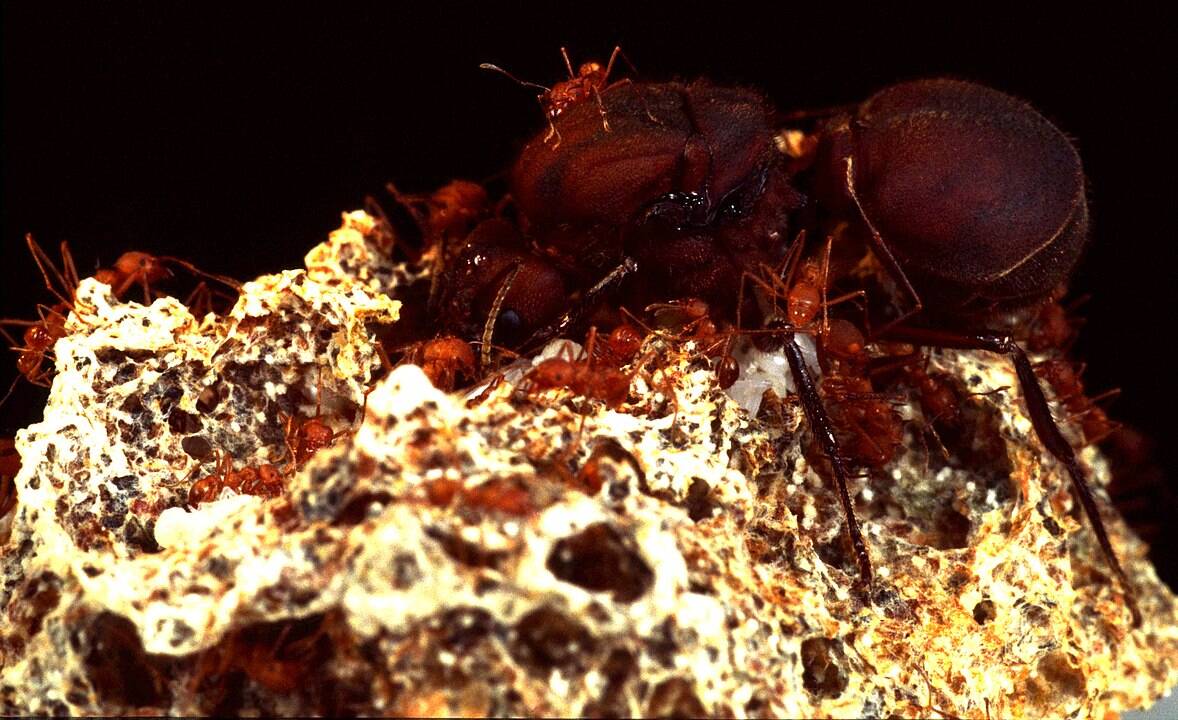
Fungus-farming ants, often referred to as “attine” ants, are particularly skilled at cultivating fungal gardens. These ants grow specific types of fungi, which serve as their primary food source. Leafcutter ants, a subset of these species, are perhaps the most famous for their sophisticated farming techniques.
The Role of Leafcutter Ants

Leafcutter ants are renowned for their ability to cut and transport foliage back to their colonies. However, they do not consume this plant material; instead, they use it as a substrate to cultivate their fungal crops. This process is crucial to their colony’s survival and highlights their advanced farming capabilities.
Creating the Perfect Growing Environment

To effectively cultivate their fungal gardens, ants create optimal conditions underground. They meticulously maintain parameters such as temperature, humidity, and soil aeration. This micro-management ensures the fungi thrive, providing a sustainable food source for the colony.
The Symbiotic Relationship
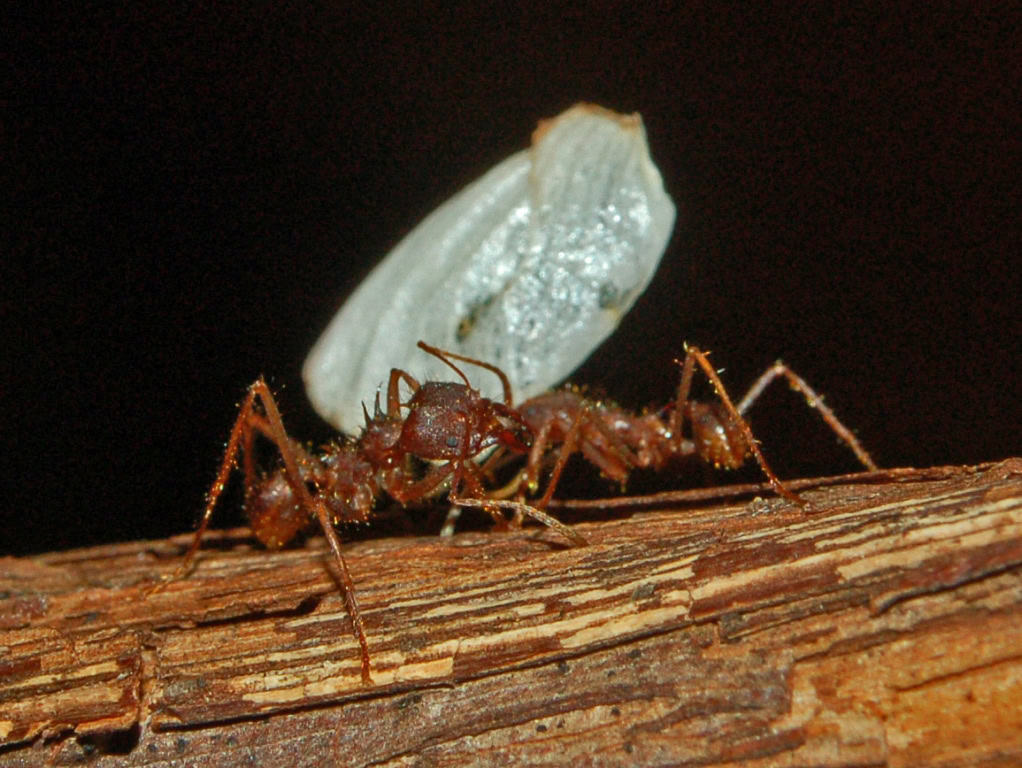
The relationship between ants and fungi is mutually beneficial. The fungi receive nourishment and protection, while the ants benefit from a reliable, easily digestible food source. This relationship is so refined that certain fungi have become obligate mutualists, unable to survive without their ant hosts.
Defense Mechanisms in Ant Farming

Ants have developed intricate defense mechanisms to protect their fungal gardens from pests and pathogens. They produce antimicrobial secretions and even harbor beneficial bacteria that contribute to the health of their crops, highlighting another layer of complexity in their farming practices.
Comparing Ant and Human Agricultural Practices
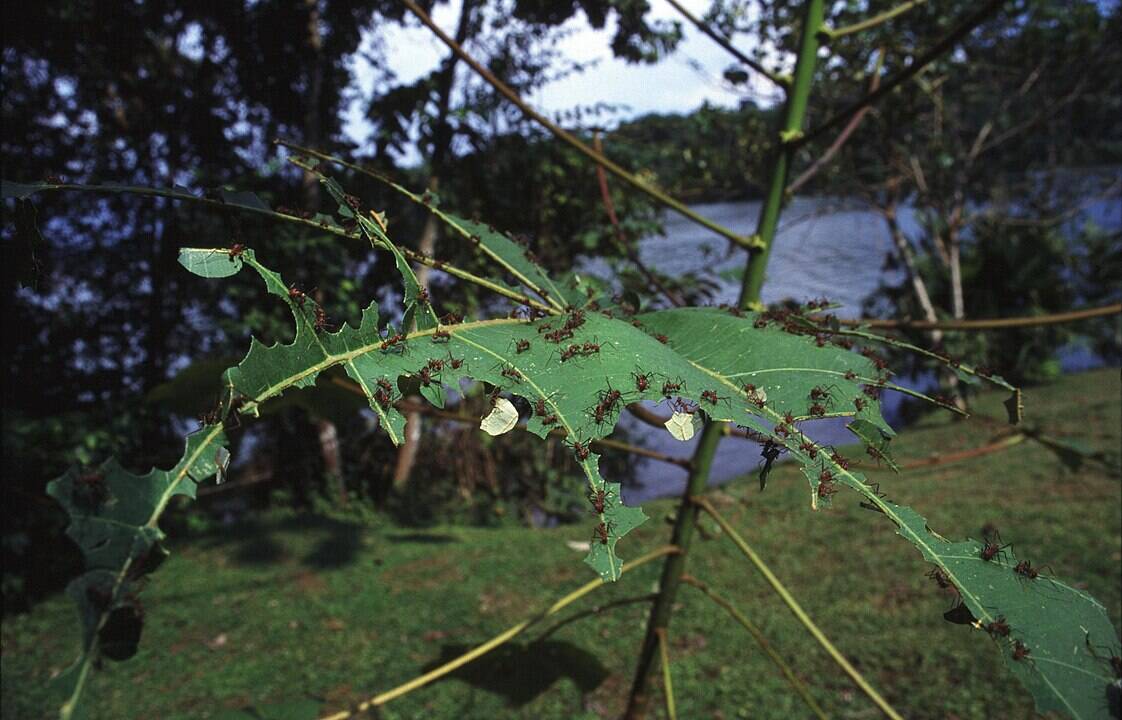
While human agriculture has only existed for about 10,000 years, ant farming predates it by millions of years. Despite the vast differences in scale, both ants and humans have developed systems to grow and protect their food sources, showcasing convergent evolution in solving similar challenges.
Adaptive Strategies and Evolution
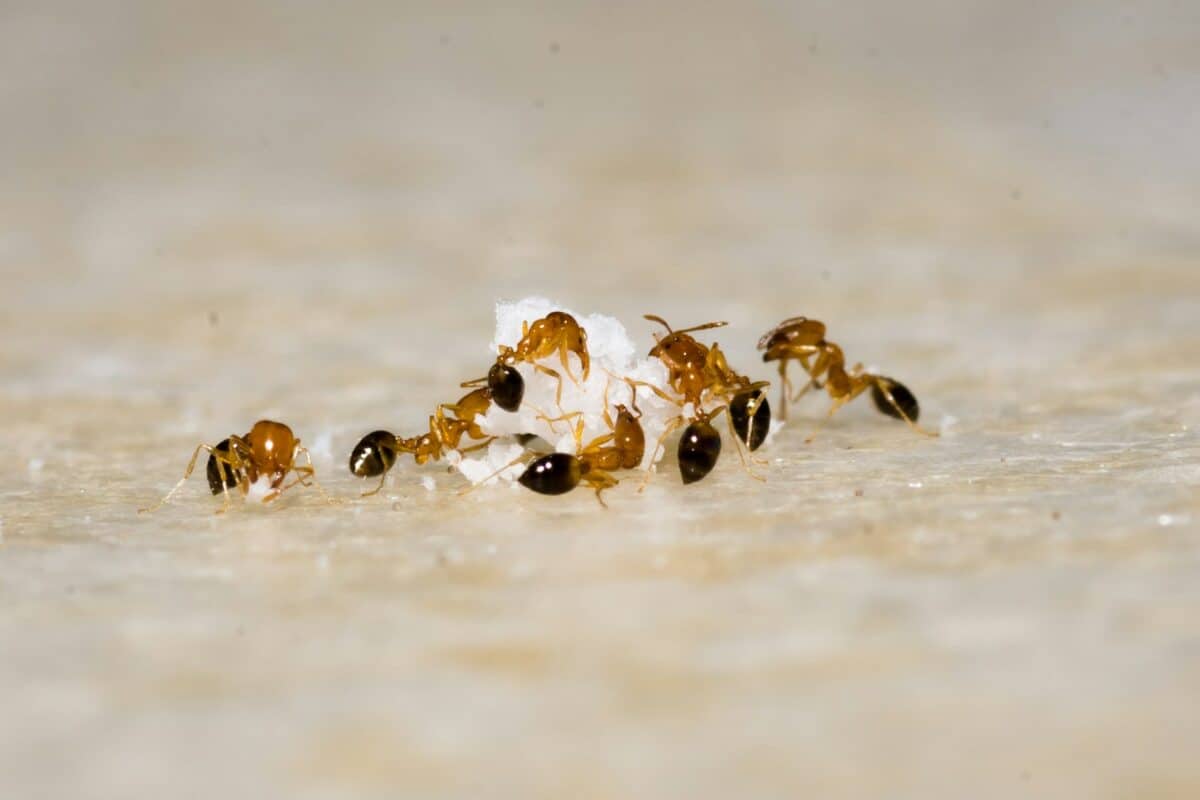
Ant agriculture illustrates the power of evolution as a driving force for innovation. Over time, ants have adapted their farming techniques to increase efficiency and resilience, ensuring their survival despite environmental changes and threats.
The Global Impact of Ant Agriculture
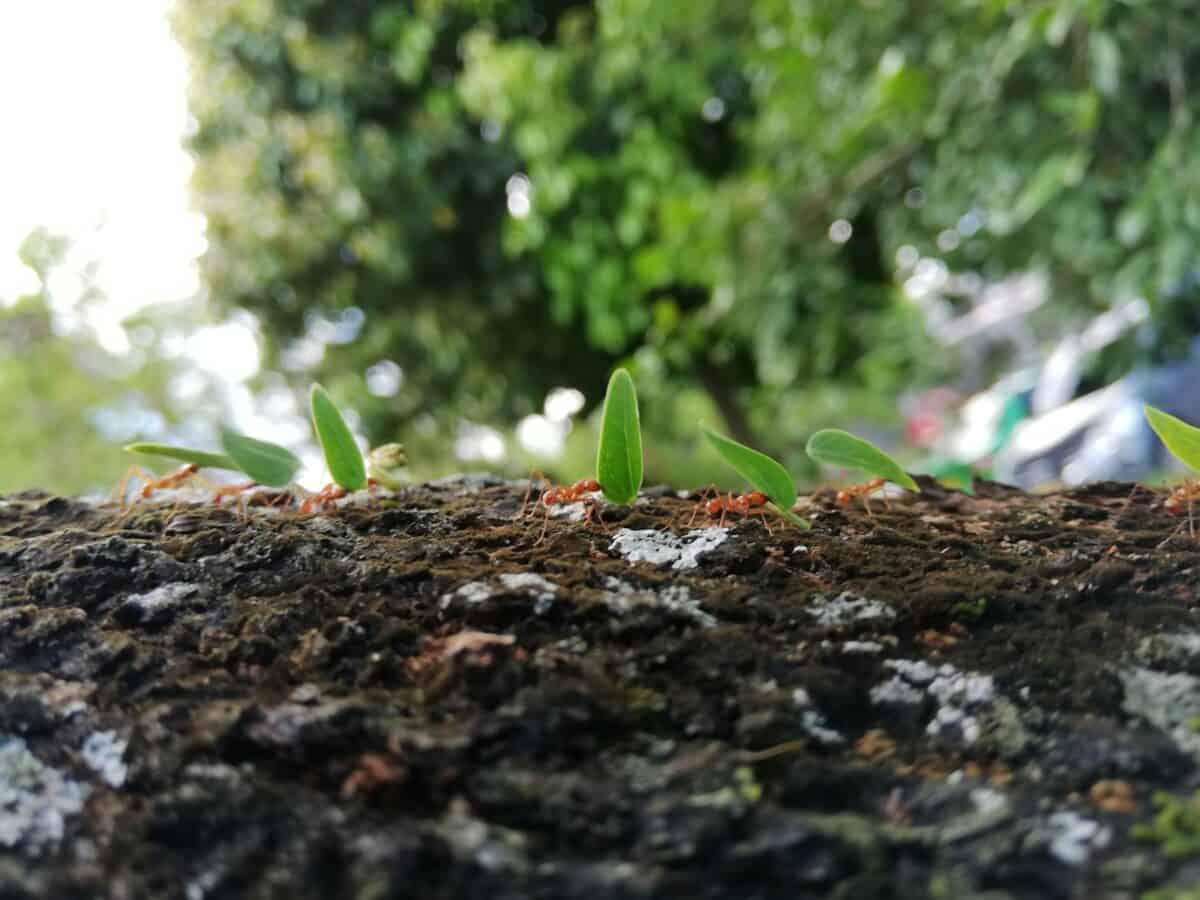
Ant farming practices have ecological implications, influencing soil composition and nutrient cycling. These industrious insects play a critical role in various ecosystems, contributing to their health and stability.
Lessons from the Ant World

The study of ant farming provides valuable insights into cooperation and adaptation. Their ability to work collectively toward a common goal can inspire and inform human agricultural practices, emphasizing sustainability and resource management.
Ants farming their own food underground is a testament to the ingenuity and resilience of nature. These tiny architects of the natural world offer a glimpse into sophisticated ecological relationships that inspire awe and scientific inquiry. As we continue to explore and learn from these remarkable insects, their hidden agriculture systems remind us of the complexity and interconnectedness of life on Earth.
- 10 Unique Animal Species That Can Only Be Found in the United States - August 15, 2025
- 10 Amazing Animals You Can Only Find in the United States - August 15, 2025
- 10 Times Tornadoes Flattened Entire Towns in the Midwest - August 15, 2025

